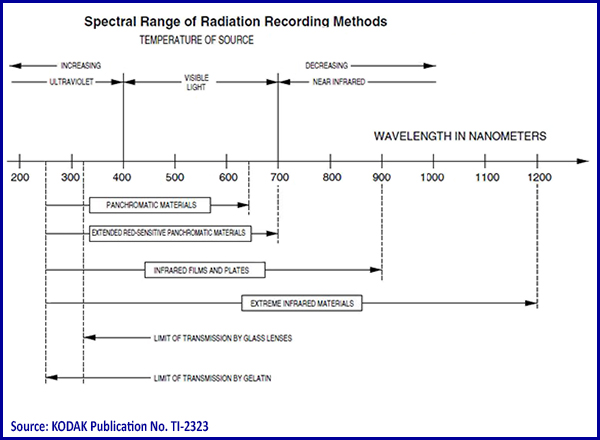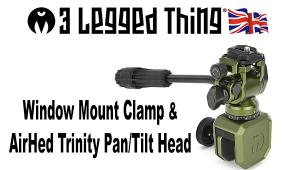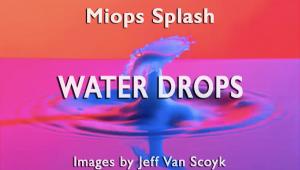Kolari Vision IR Chrome Lens Filter Review
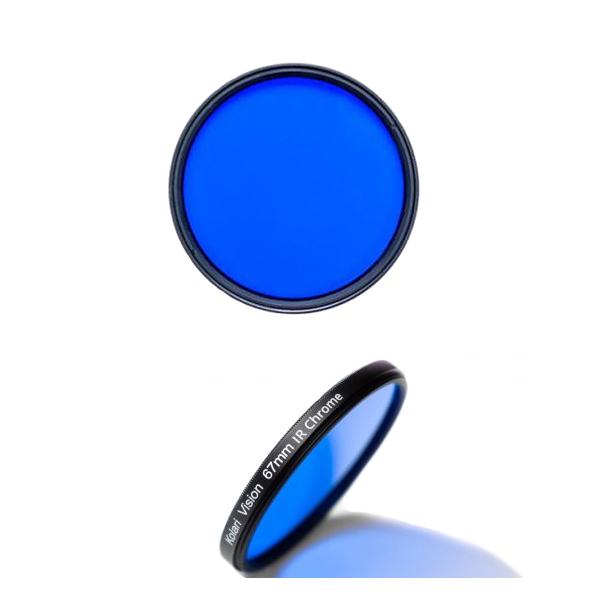
Back in the day, Kodak offered Aerochrome color infrared film which produced false colors that were at once creative, exciting and borderline psychedelic. You can recapture the fun of this classic Kodak color IR slide film with the Kolari Vision IR Chrome filter ($79 in 49mm screw-in size) if you have a digital camera that has been converted to full-spectrum photography.

The product review starts here. If you want to read more details about the film, full-spectrum converted cameras or Kolari Vision, the company that produces the filter and provided the hardware for this review, you’ll find separate sections covering each below.
The Kolari Vision IR Chrome filter is made from a fused glass composite and aside from its cobalt blue color, it closely resembles the screw-in UV or Skylight filter you may have on your lens right now. When used on a full-spectrum camera it passes the correct frequency necessary to very accurately produce the same familiar colors that the original Kodak EIR and Aerochrome films produced, and does so without requiring any additional channel manipulation in Photoshop.
The fact that it’s not necessary to manipulate the image in Photoshop is significant for obvious reasons, and especially because it means that the camera’s viewfinder and/or LCD monitor accurately displays the appearance of the captured image.
The filter features anti-reflective coating, fused dual-glass construction and is set in a durable metal double-threaded ring. Filters range in cost from $60 to $200 depending on size. Screw-in sizes from 37mm to 95mm are available or soon will be. There’s also a 4 x 5.65 inch cinema version in the works. You can order (or pre-order) online directly from Kolari Vision.
It’s been many years since I shot Kodak Ektachrome Professional Infrared EIR film; it was discontinued around 2005. But I’ll always remember the wondrous and sometimes surprising colors it produced. So I was very excited to get underway with this digital way-back machine. Ilija Melentijevic at Kolari Vision was kind enough to loan me a Panasonic Lumix camera that had been modified to full-spectrum along with an IR Chrome filter.

Infrared photography in general, and color IR photography in particular, is much easier to pursue when the grass is green, the trees leafy and the blue sky filled with fluffy white clouds. None of those can be found in New Jersey in February, so you might say I picked a really dumb time to conduct this review. And you’d be right.
The filter is easy and straightforward to use. I shot Raw files so I was able to adjust White Balance independent of the camera setting. I also focused manually by eye and mainly used Aperture Priority.
With the exception of one image that I converted to monochrome just for fun, I performed minimal tweaking in Photoshop.

The results speak for themselves. The colors are very close to how I remember old Kodak EIR.
If you own a full-spectrum camera, or if you’ve been thinking about adding one to your equipment bag, the Kolari Vision IR Chrome filter should be on your shopping list. It allows you to easily and quickly recreate the stunning results that we enjoyed from the fabled Kodak IR slide films of yesteryear.
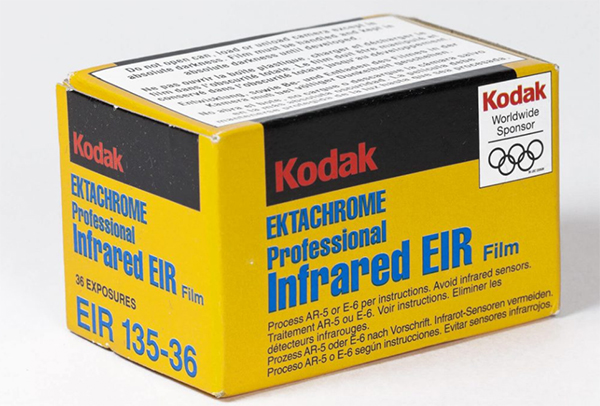
Kodak Color Infrared Film
Kodak Ektachrome Professional Infrared EIR film, better known in its Aerochrome III Infrared Film 1443 incarnation, produced awesome colors that were bold and somewhat mischievous. IR-rich vegetation was rendered in shades of red, for example, and water sometimes turned black.
This infrared-sensitive, false-color reversal film was intended primarily for aerial photographic applications where infrared discriminations extended the power of human perception. Among its various uses were camouflage detection, ice reconnaissance, archeological land survey, vegetation and crop analysis, pollution monitoring and many more. The EIR version was also used to detect art forgeries, photomicrography and very specific and limited types of electronic thermography.

Essentially, it was used in many situations where the false color renditions helped discriminate color differences that human eyes alone could not. It enabled differentiation of color signatures of subjects that appear otherwise identical to normal vision.
I experimented with it years ago. Because this film was sensitive to a very broad spectrum, all handling, including loading and unloading the camera, had to be done in total darkness. After exposure, the film cassettes were loaded into metal film cans and sent to Kodak for processing. Having a tendency to over-engineer even at a young age, I remember carefully taping the cans shut and attaching warning labels so that a well-meaning lab technician in Rochester didn’t spoil my masterpieces by opening the cans as per usual.
If you want to read more about Kodak Aerochrome 1443 film and take a deeper technological dive, check out this Kodak document from 2005. The same sort of Kodak reference material for the Ektachrome Professional Infrared EIR film is available here.
This film is no longer available unless you want to pay an excessive amount for an expired roll. I found some from Arnsdorf, Germany on an auction site. With three days still left in the auction, the bidding had already reached $85. For one roll that had expired 14 years ago.
The Genesis of the Kolari Vision IR Chrome Filter
French photographer Yann Philippe who is a teacher at the school of Les Gobelins in Paris is owner of Flowim Studio, a production and post-production company located in Tours, Loire Valley.
A longtime IR shooter, he pined for the rich false colors produced by Kodak EIR film. His goal was to develop a procedure whereby the same Kodak IR colors could be produced directly in-camera without the necessity of tedious post-processing and channel swapping in Photoshop. He devoted a significant amount of time to experimentation, and his persistence paid off. Using various filtration methods and a full-spectrum camera, eventually he was able to recreate the precise transmission curve that Kolari Vision now produces as a glass filter, the Kolari Vision IR Chrome filter.
What is a Full-Spectrum Camera?
As you remember from learning about ROY G BIV and Newton’s prism in middle school, the human eye is sensitive to only a small part of the total spectrum of radiation. To be more precise, our eyes respond to wavelengths from about 380 nm to roughly 740 nm.
For those of you who slept through much of middle school as I did, ROY G BIV is a mnemonic device for remembering the colors of the rainbow in order: Red, Orange, Yellow, Green, Blue, Indigo and Violet.
Digital camera sensors are sensitive to a wider range, approximately 350-1150 nm. However, during the manufacturing process a glass filter is installed over the sensor to narrow this range and introduce a two-pixel blur effect that eliminates the “stair step” appearance that would otherwise distort thin, straight lines and/or create moiré patterns. This colorless slice of glass is sometimes called an IR-cutoff filter, low-pass filter or an anti-aliasing filter.
Companies like Kolari Vision in Raritan, NJ will remove this limiting filter and replace it with another that extends into the range of IR, UV or both. Full-spectrum cameras can “see” the entire range from about 350 to 1150 nanometers. However, they are nearly always used with filters that limit incoming light to a very specific frequency range. A full-spectrum camera can produce a wide range of results depending on which filter is used. For example, a 720nm IR filter is used for infrared photography, a hot-mirror filter permits conventional color photography using light from the visible portion of the spectrum and a UV bandpass filter lets you take ultraviolet pictures.
But in most cases, attractive results require substantial post processing and channel swapping in Photoshop.
A camera that’s been modified for IR-only is an altogether different mammal. They generally do not require a filter to capture IR light images. In most cases, all functions including autofocus (but not White Balance) work properly. You cannot shoot the visible spectrum or UV, but the results are nonetheless exciting and rewarding. As lamented in the preceding text, image files from cameras like this require Red-Blue channel swapping and other manipulations in Photoshop or a similar image editor.
For a complete look at how to shoot infrared photography with a digital camera that’s been modified for IR only, check out my article from 2017.
Kolari Vision
In addition to being a top choice for camera conversion services, Kolari Vision also sells cameras that have already been converted. The Kolari Vision website hosts some excellent post-processing tutorials to guide IR shooters through the steps in Photoshop to get the best results, and a fact-filled section titled Everything You Need to Know About Infrared Photography.
—Jon Sienkiewicz
- Log in or register to post comments
